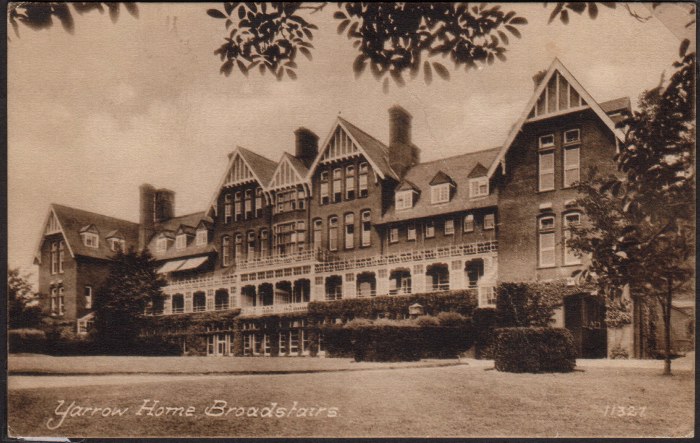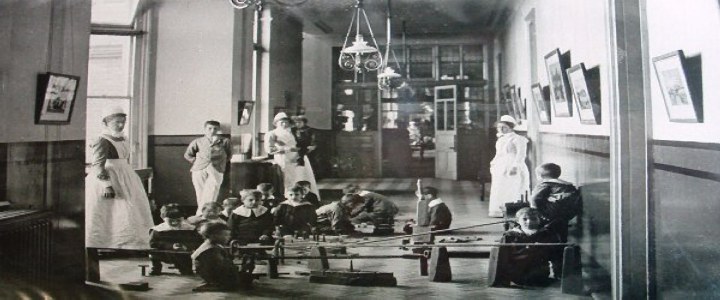Pictures of E Hodgkins holiday in Ramsgate 1928 | thanetonline blog More pictures Even more pictures
Pictures of Minster in Thanet in about 1900 | Pictures of Ramsgate main sands 2008 | Pictures of Ramsgate harbour 1817 to 1970 | Pictures of the county of Kent UK in 1820 | Pictures of Ramsgate eastcliff main sands and harbour 2009 | Pictures of Quex Farm Birchington open day 2009 | Pictures of Ramsgate town and brewery late 1800s | Pegwell late 1800s | Pictures of E Hodgkins holiday in Ramsgate 1928 | Pictures of Broadstairs 1930s | Ramsgate Library 2009 | Pleasuramma | arches | Townley House | Hearse | Title 46 | Title 10 | wood | Title 16 | Title 13 | fire | Ramsgate library | Title 79 | Ramsgate Lifeboat Coxswains | 400 Ramsgate | Albion Gardens | Lillian road cookery school | Title 25 | Title 47 | Margate 2007 | Cervia | Tall ships 2009 Ramsgate | The Yarrow Home Broadstairs | Ramsgate carnival | --Type Title Here-- | Title 48 | Title 42 | planes and trains | Title 115
Title 48
THE YARROW CONVALESCENT HOME FOR CHILDREN, RAMSGATE ROAD
Alfred Fernandez Yarrow was born in 1849 in London to a Jewish father & Christian mother. He was exposed at an early age to the slums & the poor of London's East End. Alfred was educated at London University College, & apprenticed at the age of 15 to Ravenhall & Co of Stepney. Apart from marine engineering Ravenhall & Co maintained & improved agricultural machinery, steam carriages & pumping engines. By the age of 23, Alfred had raised £1,000, & went into partnership with another engineer, Mr Hedley, forming the company Yarrow & Hedley, Marine Engineers of Poplar. The company purchased a half acre yard with a Thames riverside frontage & two cottages to be used as offices. The yard set up making small steam powered river launches, making 150 of them between 1868 & 1875. In 1871, Alfred became interested in building a new type of naval craft, namely the Torpedo boat. Between 1871 & 1878, the company had manufactured 350 torpedo boats which were produced for navies throughout the world. In 1875, Alfred bout Mr Hedley out, & expanded the business buying larger premises on the Isle of Dogs.
By this time, Alfred had become a member of The Institute of Naval Architects, & a member of The Institution of Civil Engineers. Developing on from his work on torpedo boats, the company took on the task of producing a new kind of warship for the Royal Navy, resulting in H M S Havelock, the first destroyer built for the Royal Navy. This was followed by H M S Hornet in 1893, & another thirty destroyers being built over the next seven years, all from the Isle of Dogs site. Having outgrown the London premises & with further orders on the way, Alfred moved the Yarrow Company to Scotstoun on the River Clyde. He took not only the machinery with him, but transferred the majority of the workforce & their families as well.
Alfred was by now a millionaire, but never forgot his father's advice back in the East End when he was a child, “Never loose the opportunity of doing a kindness”. He treated his workers fairly, built housing for them, & introduced medical facilities at the shipyard. He also gave gifts such as £25,000 to build an Outpatients Department at The London Hospital, £20,000 to set up a hospital research fund, & £24,000 to establish a nurse's training school at Govan. His maxim in life was, “Always support, help & encourage those who were likely to succeed”.
In 1893 Alfred Yarrow set out to build a convalescent home for children. After much searching he came upon a suitable site, overlooking the sea. This was Wrotham House which sat in 10½ acres of gardens just of the Ramsgate Road, the previous seaside home of Richard Richardson, a wealthy London builder. Not knowing much about convalescent homes, Alfred spent much of 1894 with his architect, Mr Barrow Emanuel, visiting as many

Children's convalescing homes throughout the country, interviewing the Matron of each institution he visited. All the best points they found were noted, the worst points discounted. His ambition was to build the best convalescent home for children, which was to be “as perfect as possible”. Many of the homes he had visited were overcrowded & understaffed, leading to children taking longer than necessary to recover from their ailments, & even sometimes actually spreading diseases that it was intended to cure. Alfred settled on 100 children, 50 boys & 50 girls as the ideal number of children for sufficient staff to cope with, & set about designing his home accordingly. Wrotham House was unsuitable for conversion so it was pulled down to make way for the new building.
The best description of the building is in a 1901 Broadstairs Visitors Guide which is as follows. It is situated at the south end of the town, on the brow of a hill, sloping gently down to the sea. It is a noble brick edifice, enclosed in ornamental grounds, &, with its kitchen garden & orchard, covers an area of ten & a half acres. It is an elaborately appointed building, designed to accommodate 100 children, 50 boys & 50 girls, in addition to the working staff. The Home fronts the Ramsgate Road, & at the entrance gate is a handsome porter's lodge.
The building occupies a frontage of 218 feet, the depth of the wings 75 feet, & in the centre block 62 feet. The general design of the Home is a central administration block, with wings for boys & girls separately. On the upper ground floor is the main entrance to the road, & access from it is given to a special octagonal hall. The matron's
